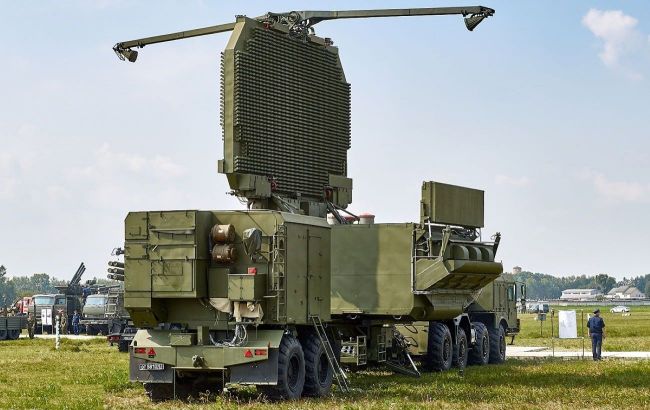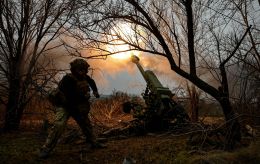Erdogan reveals Russian S-400 at NATO Summit: Will it truly benefit Ukraine's military?
 Russian S-400 radar station (arsenal-info.ru)
Russian S-400 radar station (arsenal-info.ru)
At the NATO summit in Vilnius, a Russian-made S-400 radar station may have been spotted. OSINT analysts believe that Turkey could have brought it as part of the efforts to protect the Western leaders' meeting.
Aviation expert and former engineer at the Antonov Design Bureau Kostiantyn Kryvolap commented to RBC-Ukraine on whether this radar system studying could help Ukraine's military.
Turkey could have deployed elements of the S-400 to protect the airspace over Vilnius. The contract with Russia was signed in 2017 and was executed in 2019. From the very beginning, the Americans were dissatisfied with Ankara's actions, imposing sanctions and excluding Turkey from the fifth-generation F-35 fighter jet production program. It is not excluded that elements of the S-400 were in Lithuania, as President Erdogan pursues an interesting policy regarding the United States and Russia.
The S-300/S-400 air defense systems are serious and powerful complexes with their own concepts and developments. Perhaps, it is one of the top developments that yield results in modern warfare. Prior to a full-scale invasion, Ukraine's defense was tuned to the S-300, but it lacks missiles. Nonetheless, the complex itself is very good. Moreover, the air defense system in the Soviet Union was well-designed.
The S-400 was implemented based on a modular principle, with a main radar and auxiliary radars that can be dispersed up to 100 km apart. The system is more suitable for object defense rather than regional defense. It can cover a certain area or region.
Its ideology differs from the American Patriot system. The S-400 is capable of intercepting ballistic missiles, small-sized targets, and low-flying targets, but not all at once. However, I am skeptical about the claimed radar detection range of 600 km for the 91N6 radar.
The main element is the phased array radar, and if I am not mistaken, the density of small antennas in the X-band from 8 to 12 GHz is not the strongest aspect of the Russian industry. I am not aware of any radars that can detect targets at a range of 600 km. Even the advanced American THAAD system does not have such capability. Technically, the detection range is increased in THAAD through a larger number of radars and military satellites equipped with radars. To me, 600 km for the 91N6 radar is like the Russians claim they supposedly doubled the production of Su-35 aircraft, with no connection to reality.
Can the elements of the S-400 be integrated into Western systems? Why not? We are almost doing the same. We have the S-300, S-200, S-125, Patriot, and NASAMS integrated into one system. This integration is possible, including through the Delta Situational Awareness System, which has even passed compatibility tests in several NATO countries.
Therefore, I consider the fuss concerning the S-400 at the Vilnius summit more of a media occasion than something significant for the military or intelligence. I don't think the elements of this system pose a great mystery or problem for Ukraine or NATO experts.
The main interest lies in the density of the antenna array and the power it can transmit. I'm not sure that studying it can provide something new. Despite the fact that the S-400 systems are quite dangerous for Ukraine, they are still Soviet-era assets.
Ukraine didn't possess them, but until 2008-2009, there was close communication with Russian experts who helped to modernize the S-300.
When they say that we (Ukrainians) have secrets from them (Russians), I smile and think: if they cannot keep their secrets, then we can hardly keep ours. We need to understand that they know everything about us, just as we know everything about them in terms of technology and weapons. We had the same school and the same teachers.
Kostiantyn Kryvolap, for RBC-Ukraine

